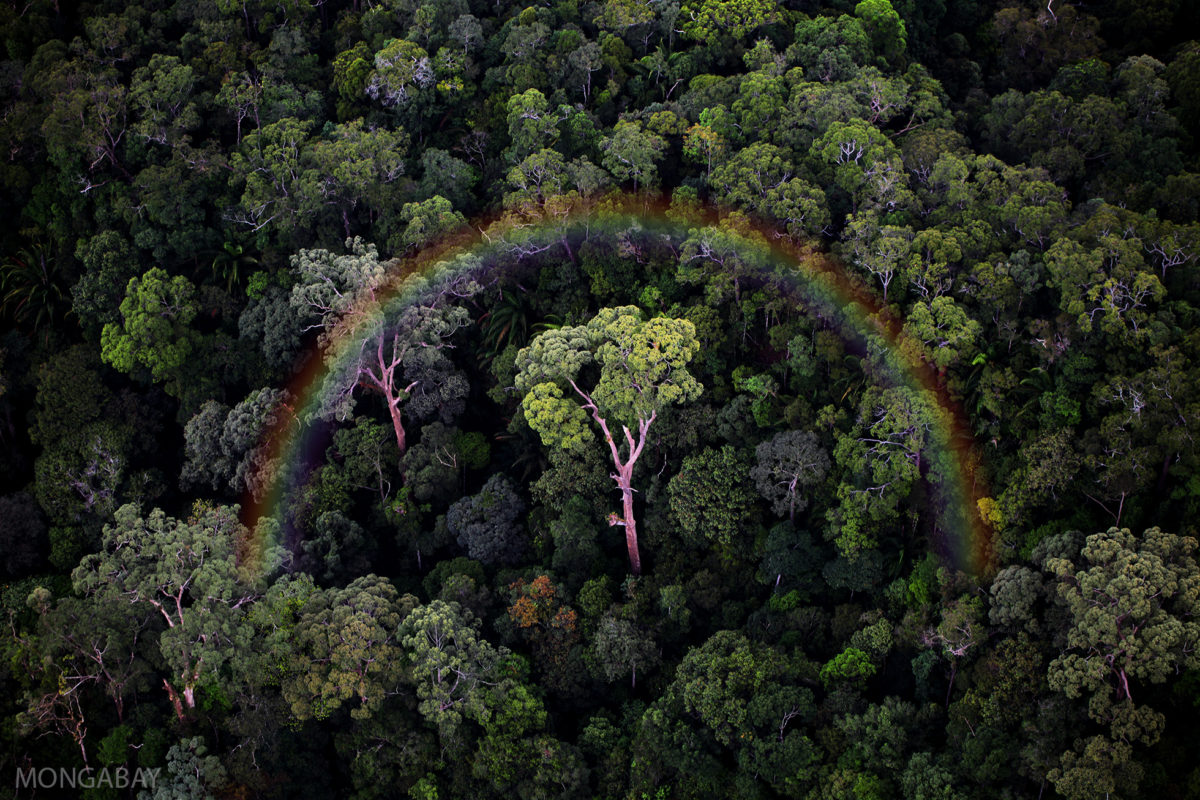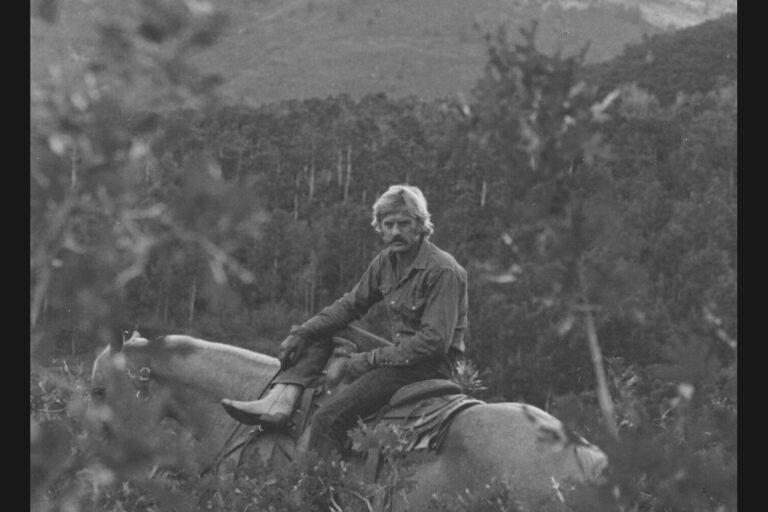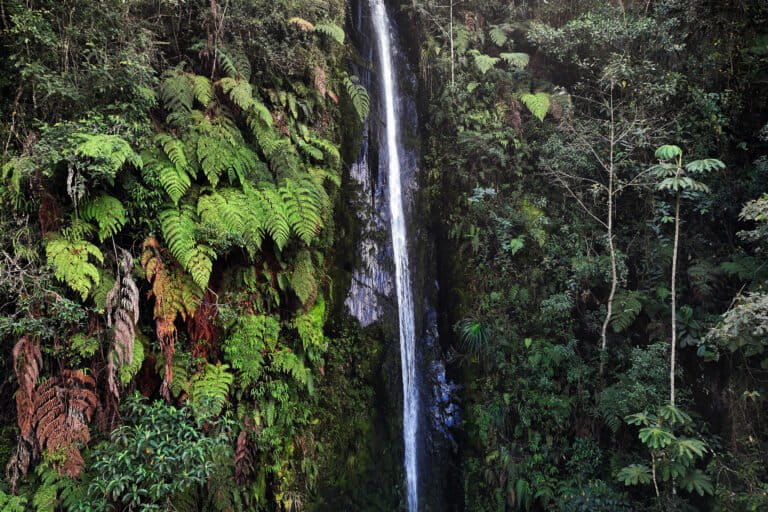In November of 2010, the Antarctic toothfish fishery was deemed sustainable by the Marine Stewardship Council. This certification goes against the advice of many marine scientists who claim that insufficient research has been done to determine the full impact of commercial fishing on this enigmatic species.
Topping out at 300lbs, the Antarctic toothfish is one of the biggest fish in the Southern Ocean. With its ability to produce an antifreeze glycoprotein and a heart that beats just once every six seconds, it is superbly adapted to its Southern Ocean habitat. Unfortunately, it’s also delicious.
Referred to as “white gold” by fishermen, Antarctic toothfish fetches upwards of $35 per pound on the U.S. market where it’s often called “Chilean sea bass”, even though it’s not at all related to sea bass and lives nowhere near Chile. However, even its exorbitant price can’t make up for the costs incurred by fishing vessels when they venture out into the Ross Sea, the habitat of the Antarctic toothfish and one of the few marine safehouses remaining in the world today. Unpredictable sea ice, turbulent waters, and the vast distance from port make the Antarctic toothfishery financially unviable. Yet there is a safety net for the Antarctic toothfish fishery, allowing them to supply “Chilean sea bass” for people wealthy enough to afford it and employ fishermen at “slave wages” in extremely hazardous working conditions – a sustainability certificate from the Marine Stewardship Council which will let the fishery hike up prices.
“Management of this fishery follows precautionary and ecosystem-based principles. Strict harvest control rules, annual stock assessments, mandatory observation of fishing activities and controls on gear to avoid by-catch of seabirds are just some of the practical outcomes of that approach, recognized and rewarded by this certification.” said Chris Ninnes, MSC Deputy Chief Executive, in a November statement congratulating the Antarctic toothfish fishery on its certification.
 Antarctic toothfish. Courtesy of NOAA |
The certification will allow a harvest of 3000 tons of toothfish per year, with a target reduction of 50 percent of total regional spawning biomass. While MSC maintains that these numbers are obtained through rigorous population analysis, many marine scientists say that they have no real basis.
“We actually know very little about the ecology of Antarctic toothfish, despite MSC’s reasoning otherwise.” David Ainley, a marine ecologist who conducts research in the Antarctic, told mongbay.com. “Because of the challenges of conducting science in the ice-choked Ross Sea, we know only vaguely where or when these fish spawn (sometime in winter, and maybe around the sea mounts well north of the Ross Sea), have no idea about natural mortality, a cursory idea of what predators eat them at the early stages, etc. We do know, though, that larger fish are important to sperm whales, killer whales and seals.”
“The lack of insight about what is really going on is the most true for the Antarctic toothfish, which lives in a really harsh area making fishery science difficult at best, and in which all model inputs are ‘educated’ guesses, i.e. drawn from inputs for fish species elsewhere in other systems. As the head of fishery science for NZ’s NIWA (John McCoy) recently said in a public speech, fishery science is based on guesses and more and more these days more fish species become fished with fewer and fewer data.”
Ainley explains that the management of many fisheries operate on the belief that removing large fish is good for a population because it encourages the growth of smaller fish, when actually it’s the largest, oldest females that produce the most eggs. This is especially true for long-lived species like the Antarctic toothfish which doesn’t spawn until 16 and can live 50 years. Even agencies which know better may not enforce a policy requiring the release of large fish. In the tuna industry, meat quality significantly increases with size, giving a fish over 100lbs a possibly market value in the many thousands of dollars. Since many captains and crew members work on commission, it would be difficult, perhaps even dangerous, to enforce the release of fish which could make or break a fishing trip.
As Ainley sees it, it’s all about the money.
“The Ross Sea toothfish longline certification cost the industry (paid by the NZ government) $77,000 for the certification.” he says, “The consulting firms that do the certifications live on these fees; there is no way that they’ll be turning anyone down and thus lose market share to other consulting firms.”
In addition to its ecological impact, the toothfish industry threatens the lives of many fishermen who brave the huge swells and unpredictable weather of the Southern Ocean.
In December, 22 people were killed when the South Korean trawler Insung No. 1 sank in New Zealand waters while pursuing the Antarctic toothfish. The men were paid very little, $200 to $1030 for up to three months of intense, physical labor aboard the vessel.
The pursuit of the Antarctic toothfish in the Ross Sea can be even more hazardous.
“These are dangerous, ice-covered seas 2500km from nearest port.” says Ainley, ” In the past few years there’s been at least one vessel sinking (S Korea), two having to return to port prematurely owing to cracked hulls or other difficulty (NZ), and another that required the US Air Force to airlift, and drop, engine parts for a disabled vessel (UK).”
Many scientists and conservation organizations say that in order to stop unsustainable fishing, consumer habits need to be changed.
“I would recommend that consumers, if they want to make ecologically wise choices, go by the recommendations of “Seafood Watch” from the Monterey Bay Marine Aquarium. Those people have no financial interests at stake in what they recommend and are keenly interested in protecting the oceans, and the ecofriendly consumers.”
Related articles
Sustainably certified fishery kills over 250 fur seals in one season
(11/10/2010) The New Zealand Ministry of Fisheries estimates that from 2007-2008, 273 New Zealand fur seals (Arctocephalus forsteri) were killed by offshore trawling hoki fisheries, an increase of over 75 seals since the previous year. New Zealand’s hoki fishery has been certified as sustainable by the Marine Stewardship Council since 2001 and re-certified in 2007. Hoki is commonly used for ubiquitous fried fish sandwiches, such as those served at McDonald’s.
In the midst of marine collapse will we save our last ocean?

(07/05/2010) Imagine an ocean untouched by oil spills: a sea free of pollution, invasive species, dead zones, and over-exploitation; waters where marine animals exist in natural abundance and play ecological roles undimmed by mankind. Such a place may sound impossible in today’s largely depleted oceans, but it exists: only discovered in 1841, the Ross Sea spreads over nearly a million kilometers adjacent to the Antarctic continent. Here killer whales, penguins, sea birds, whales, and giant fish all thrive. However, even with its status as the world’s ‘last ocean’, the Ross Sea has not escaped human impact. Over the last 15 years commercial fisheries have begun to catch one of its most important species in the ecosystem to serve them up on the dinner plates of the wealthy.
Marine scientist calls for abstaining from seafood to save oceans

(06/08/2009) In April marine scientist Jennifer Jacquet made the case on her blog Guilty Planet that people should abstain from eating seafood to help save life in the ocean. With fish populations collapsing worldwide and scientists sounding warnings that ocean ecosystems—as edible resources—have only decades left, it is perhaps surprising that Jacquet’s call to abstain from consuming seafood is a lone voice in the wilderness, but thus far few have called for seafood lovers to abstain.
The long-ignored ocean emergency and what can be done to address it

(08/18/2008) This year has been full of bad news regarding marine ecosystems: one-third of coral species threatened with extinction, dead-zones spread to 415 sites, half of U.S. reefs in fair or bad condition, increase in ocean acidification, tuna and shark populations collapsing, and only four percent of ocean considered pristine. Jeremy Jackson, director of the Scripps Center for Marine Biodiversity and Conservation at the University of California, San Diego, synthesizes such reports and others into a new paper, published in the journal Proceedings of the Naional Academy of Sciences, that boldly lays out the scope of the oceanic emergency and what urgently needs to be done.
History of the Chilean Sea Bass market
(05/04/2006) Today The Wall Street Journal ran an account of how the Chilean Sea Bass was first brought to market in 1977. Since its introduction, the species — also known as the Patagonian toothfish — has gone from being shunned to being welcomed at the worst’s finest restaurants. But demand for the fish has taken its toll and the slow-growing species which takes 10-12 years to reach sexual maturity suffers from illegal over fishing in parts of its range. Some groups estimate that the illegal take may be up to five times the legal catch limit, leading some ecologists to predict the immanent collapse of the fishery.














